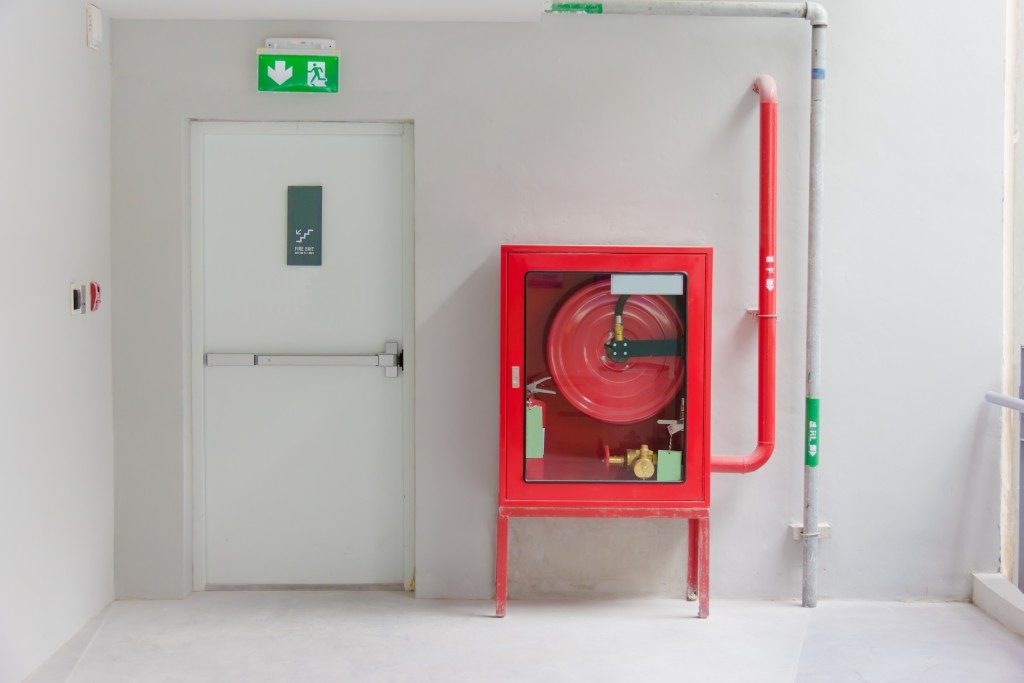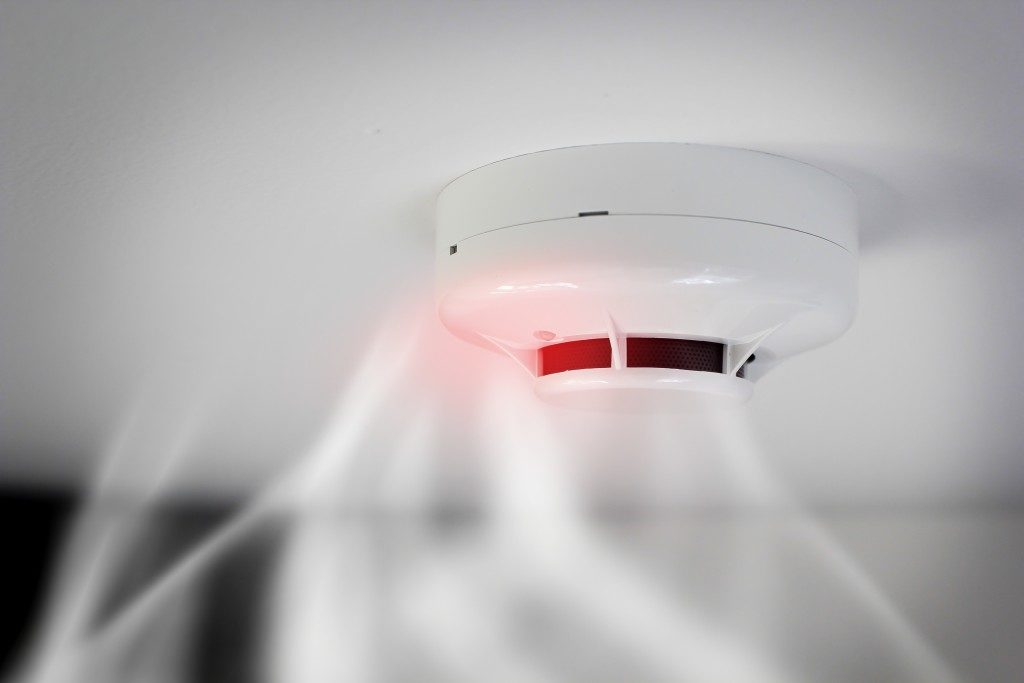When we talk about fire hazards, an office can be a relatively safe workplace when you compare it to restaurant kitchens, manufacturing firms, and other industries that work with combustible or volatile materials. However, it’s important not to let this fact give your company/organisation the false sense of security, as office fires can happen at any time and can be quite costly — not only would it result in property damage, but it can also lead to injuries or worse. Local laws and regulations help enforce fire safety, but complying with these local regulations on office fire safety can only provide you with the bare minimum level of protection.
That said, companies/organisations must go beyond basic compliance and take the extra steps to improve fire safety and prevention in their office further.
#1 Orient and Train Employees
While having fire suppression systems and fire extinguishers are required in office buildings, it’s vital for a company/organisation to orient employees with regards to office fire hazards, and be trained on how to use fire extinguishers properly to ensure quicker response in case a fire breaks out. Additionally, the office should undergo regular fire evacuation drills, and staff should also be educated on what to do in case of heavy smoke to prevent suffocation when trying to exit the premises. Lastly, you should also consider having your staff undergo basic first aid and CPR as it may help save a life or prevent injuries from worsening in case of an incident (apart from just office fires).
#2 Eliminate the Fire Hazards
It’s recommended for your office to regularly inspect its electrical systems and electronic equipment for any damages or issues that can cause a fire, and pay particular attention to power outlets and wiring. You should also ensure that outlets aren’t overloaded and to strictly avoid ‘octopus connections’ as they’re one of the leading causes of city fires. You should also ensure that combustible materials such as paper and cloth should be placed away from any outlets and heat-generating appliances.
#3 De-Clutter
De-cluttering is a very effective way of minimising the risk of office fires, so make sure to regularly de-clutter your office. Outdated or obsolete files and waste paper should also be properly disposed of instead of being stacked and kept in unsecured locations (such as the stock room). By doing so, you’re also ensuring that your office stays clean and presentable, and also improves efficiency removing unnecessary items and documents in the work area.
#4 Improve Fire Escape
 It’s also important for your office to regularly update its fire escape plans (in case of any changes/improvements in the structure or setup). Your fire escape plan should also take into consideration any disabled employees or persons on the premises, as well as those with special needs (pregnant women, elderly with limited mobility).
It’s also important for your office to regularly update its fire escape plans (in case of any changes/improvements in the structure or setup). Your fire escape plan should also take into consideration any disabled employees or persons on the premises, as well as those with special needs (pregnant women, elderly with limited mobility).
#5 Smoke Break Safety
Your office should have a designated area for smoke breaks (or disallow smoking within the premises, if possible) as thrown cigarette butts may still be lit and end up igniting any nearby combustible material. Smoking areas should be free from any flammable materials such as leaves and paper and should have cigarette/smoking bins where cigarette butts can be safely disposed of.
The Bottom Line
These are only the most basic yet essential extra steps your office can take to protect it (and its staff) from fire. Some of these steps may take up valuable man hours (particularly with training), and can be expensive, but know that the damage an office fire can cause would be a lot more costly.





